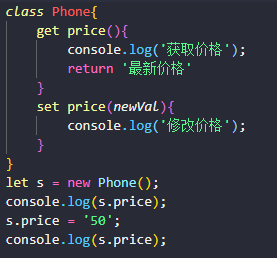ES6提供了更接近传统语言的写法,引入了Class这个概念,作为对象的模板。通过class关键字,可以定义类。
基本上,ES6的class可以看作只是一个语法糖,它的绝大部分功能,ES5都可以做到,新的class写法只是让对象原型的写法更加清晰、更像面向对象编程的语法而已。
构造函数
在ES5中,我们也可以实现构造函数:

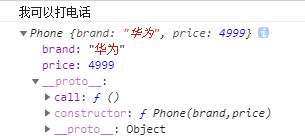
在ES6中,我们实现使用class来实现相同的功能:
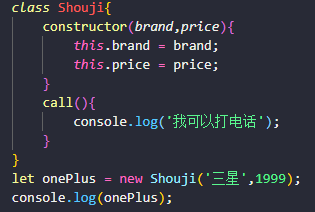
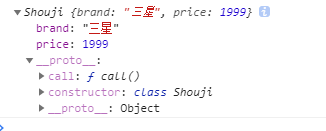
需要注意的是,在class里面,方法必须使用call(){}的这个语法形式,不能使用ES5中对象的完整形式。
继承
在ES5中使用prototype实现继承
function Phone(brand,price){ this.price = price; this.brand = brand; } Phone.prototype.call = function(){ console.log('我可以打电话'); } function SmartPhone(brand,price,color,size){ Phone.call(this,brand,price); this.color = color; this.size = size; } //设置子级构造函数的原型 SmartPhone.prototype = new Phone; SmartPhone.prototype.constructor = SmartPhone; //声明子类的方法 SmartPhone.prototype.Phone = function(){ console.log('我可以拍照'); } SmartPhone.prototype.playGame = function(){ console.log('我可以玩游戏'); } const Huawei = new SmartPhone('华为',4999,'黑色','5.5'); Huawei.call(); Huawei.playGame(); console.log(Huawei);
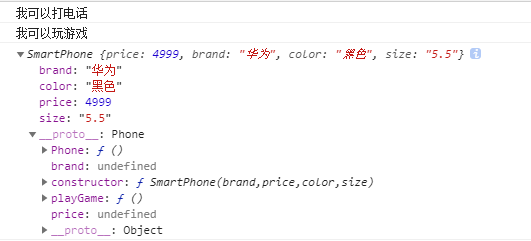
在ES6中实现继承就要简便很多
class Phone{ constructor(brand,price){ this.price = price; this.brand = brand; } call(){ console.log('我可以打电话'); } } class SmartPhone extends Phone{ constructor(brand,price,color,size){ super(brand,price); this.color = color; this.size = size; } Phone(){ console.log('我可以拍照'); } playGame(){ console.log('我可以玩游戏'); } } const Huawei = new SmartPhone('华为',4999,'黑色','5.5'); Huawei.call(); Huawei.playGame(); console.log(Huawei);

class中的getter和setter方法
